As cannabis cultivation continues to evolve, growers are constantly searching for new techniques to improve yields and potency. One such technique that has gained attention in recent years is stem splitting. While it may sound extreme, this method has been in use since the 1970s and is known for its ability to increase resin production and yield. In this article, we will explore the ins and outs of stem splitting, including what it is, how it works, the equipment needed, and step-by-step directions for implementation. We will also address some frequently asked questions to help you determine if stem splitting is the right technique for your cannabis plants.
Table of Contents:
The Science behind Stem Splitting
The Technique of Stem Splitting
A. Equipment Needed
B. Step-by-Step Directions
Introduction – Overview of Stem Splitting
Stem splitting is a unique cannabis cultivation technique that has gained increasing popularity among growers due to its ability to enhance resin production and yield. This process involves the physical splitting of the plant’s stem, which triggers a stress response in the plant, leading to an increase in trichome production. While it is a relatively new method, stem splitting has been shown to significantly improve the potency and yield of cannabis plants. In this article, we will provide a comprehensive guide to stem splitting, including its definition, how it works, equipment needed, and step-by-step directions for implementation. Additionally, we will address common questions and concerns about stem splitting, helping readers determine if this technique is suitable for their cannabis cultivation needs.
The Science behind Stem Splitting
Stem splitting works by creating a stress response in the cannabis plant that triggers an increase in trichome production. Trichomes are small, hair-like structures on the surface of the cannabis plant that contain resin glands responsible for producing cannabinoids and terpenes. These compounds give the plant its characteristic aroma, flavor, and psychoactive effects.
When the stem is split, it creates a wound that causes the plant to go into defense mode. The plant responds by producing more trichomes in an effort to protect itself from potential predators or environmental stressors. This increase in trichome production can lead to a higher concentration of cannabinoids and terpenes in the harvested buds.
In addition to triggering a stress response, stem splitting also increases the flow of nutrients and water to the top of the plant. This is because the plant’s vascular system (xylem and phloem) is disrupted when the stem is split, leading to an increase in the pressure of the sap flowing through the plant. This increase in pressure forces more nutrients and water to the top of the plant, leading to larger and denser buds.
It’s important to note that stem splitting should only be used on healthy, mature plants. Younger plants may not be able to handle the stress caused by stem splitting, and it may result in stunted growth or plant death. Additionally, stem splitting should only be used as a one-time stressor, as repeated use can lead to plant damage and decreased yields.
Overall, the science behind stem splitting is rooted in the plant’s natural defense mechanisms and its response to stress. By utilizing this technique, growers can potentially enhance the potency and yield of their cannabis plants, resulting in higher-quality buds.
The Technique of Stem Splitting
Stem splitting is a relatively simple technique that involves making a vertical incision in the main stem of the cannabis plant. The following steps provide a general guide to the stem splitting process:
A. Equipment Needed for the stem splitting process
- A sharp, sterile cutting tool (such as a razor blade or scalpel)
- Rubbing alcohol or another disinfectant
- Gloves (optional but recommended)
- Tape / Zip ties (such as duct tape or electrical tape)
- Chopsticks or toothpicks, and pencils work on large stalks.
B. Step-by-Step Directions
- Choose the Right Time:
Stem splitting should only be done on healthy, mature plants that are in the flowering stage. It’s important to choose a time when the plant is most receptive to stress, which is typically around the fourth week of flowering. - Clean and Sterilize:
Clean and sterilize the cutting tool with rubbing alcohol or another disinfectant. This will help prevent the spread of disease and infection. - Prepare the Stem:
Before making the incision, use zip ties or tape to secure the stem above and below the intended incision location. This will prevent the split from going too far and potentially damaging the plant. - Make the Incision:
Using the cutting tool, make a vertical incision in the stem that is approximately 1 inch (2.5 cm) long. The incision should be made about 2 inches (5 cm) below the plant’s main cola. - Keep the Wound Open:
To prevent the wound from healing over, insert toothpicks or chopsticks on either side of the incision. This will help keep the wound open and promote callus growth. - Monitor the Plant:
Monitor the plant closely in the days following the stem splitting process. The plant may need extra support, such as tying the stem to a stake or using plant ties, to prevent the stem from breaking.
Overall, stem splitting can be an effective way to enhance the potency and yield of cannabis plants. However, it’s important to follow proper techniques and safety precautions to avoid damaging the plant. By following the steps outlined above and monitoring the plant closely, growers can potentially achieve higher-quality buds and improve their overall cannabis cultivation results.
Frequently Asked Questions About Stem Splitting
After learning about the technique of stem splitting, you may have questions about when to do it, the risks involved, and whether it has been proven to be effective. We have compiled a list of frequently asked questions to help you understand the ins and outs of stem splitting.
- When should I split the stem? Timing is crucial when it comes to stem splitting. It is generally recommended to split the stem 7-10 days before harvest, although some growers prefer to split only in the last 3 days before harvest. Splitting too early can cause damage to the plant and reduce yield and potency. It’s essential to monitor the plant’s progress carefully and only split the stem when it’s the right time.
- What are the risks of stem splitting? Stem splitting is an aggressive technique that can cause high levels of stress to your cannabis plant. The risk of damaging or killing the plant is always present, especially for inexperienced growers. Therefore, stem splitting is not recommended for autoflowering strains or novice growers. However, for experienced growers who are looking to push their potency to the limit for concentrates, stem splitting may be a viable option.
- Has the efficacy of stem splitting been proven? Although many skilled growers swear by stem splitting, there is a lack of scientific data to back up the claims. Stem splitting supposedly originated in Holland back in the 1970s, and it has been used since then to increase yield and potency. However, it’s up to the individual grower to decide whether or not they want to try stem splitting as a method to enhance their harvest.
- How do you ensure stem splitting results in improved potency? Stem splitting can be an effective way to increase potency, but it’s not a guarantee. Proper timing, equipment, and technique are critical to the success of the process. Ensure that you use a sharp blade or scalpel to make a clean incision and add zip ties or tape above and below the intended incision location to prevent the stem from splitting too far. It’s also essential to keep the wound open using toothpicks, chopsticks, or similar objects to prevent the plant from healing the incision.
- How many times can I split a stem? You should only split the stem once per plant, as multiple splits can cause excessive stress and harm the plant.
- How long does it take for the plant to recover from stem splitting? The recovery time can vary depending on the strain and growing conditions, but it generally takes around 3-5 days for the plant to recover from the stress caused by stem splitting.
- Can stem splitting be used on all strains? No, stem splitting is not recommended for autoflowering strains as they have a much shorter life cycle and the technique can be too extreme for them. It’s best to use this technique on photoperiod strains with at least 8-10 weeks of flowering time.
- Can stem splitting be used with other stress techniques? While stem splitting can be effective on its own, some growers combine it with other stress techniques like defoliation or super cropping to further boost potency and yield. However, it’s important to be careful not to stress the plant too much, as this can result in stunted growth and lower yields.
In conclusion, stem splitting is a technique that requires careful consideration and planning. It’s important to research and consult with experienced growers before attempting it yourself. By following proper timing, technique, and equipment, you can potentially increase your yield and potency. However, it’s essential to remember that there are risks involved, and stem splitting may not be suitable for every strain or grower. As always, proceed with caution and monitor your plants carefully.
Skywalker Strain: A Galaxy of Relaxation and Flavor
Getting Acquainted with Skywalker Strain The Skywalker strain is a well-balanced hybrid, leaning 85% Indica and 15% Sativa. With THC levels…
Chem De La Chem Strain Review
Chem De La Chem is a dynamic strain that has made a name for itself in the cannabis world, celebrated…
Tom Ford Pink Strain Review
Overview Tom Ford Pink is an exceptional hybrid strain that has captivated both recreational and medicinal users alike. Celebrated for its…
Holy Grail Strain Review
Overview The Holy Grail strain is a renowned hybrid cannabis strain that has captured the attention of both recreational and medicinal…
Pineapple Express Strain
Pineapple Express strain is a beloved name in the cannabis community, known for its unique flavor profile and balanced effects….
How to Trellis Cannabis
Trellising cannabis is crucial for optimizing growth and maximizing yields. Learning how to trellis cannabis effectively helps support your plants,…

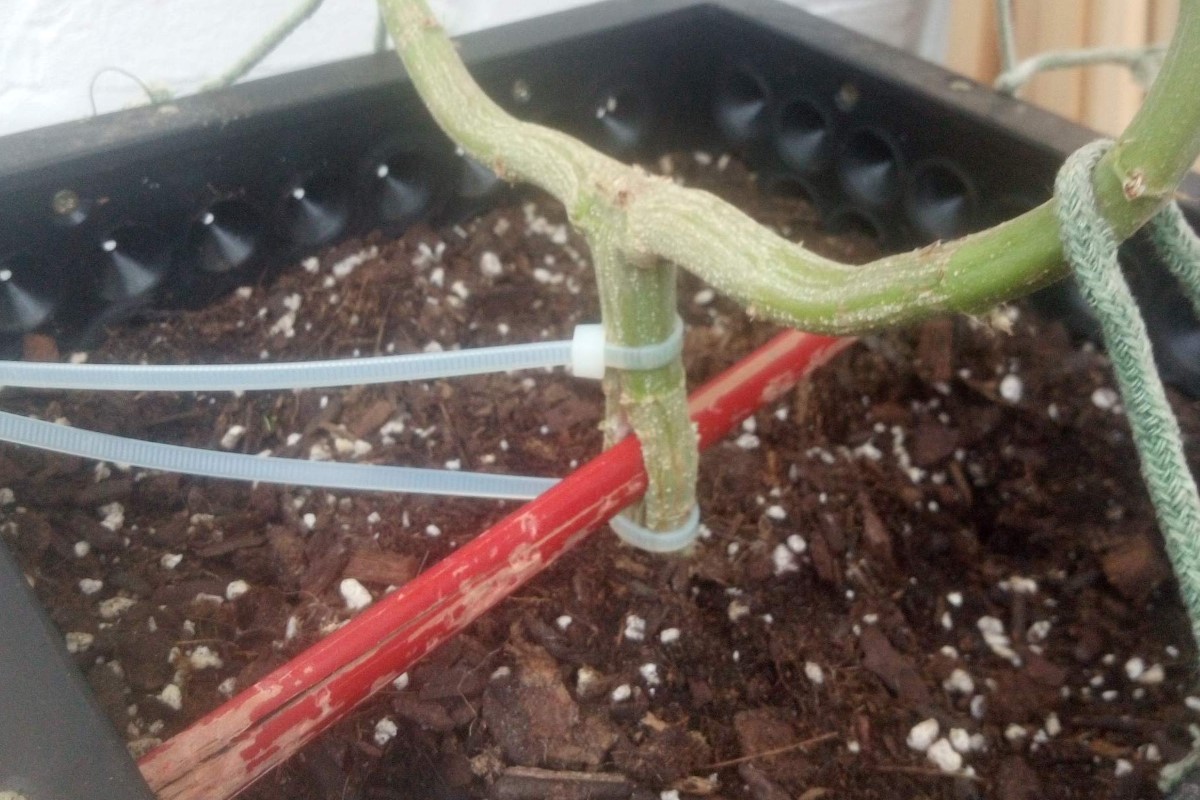
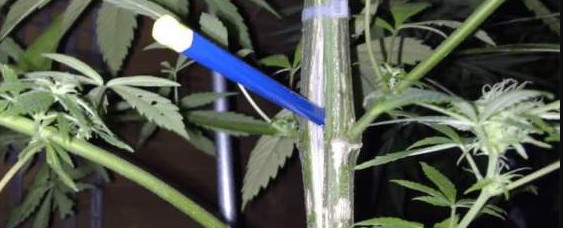


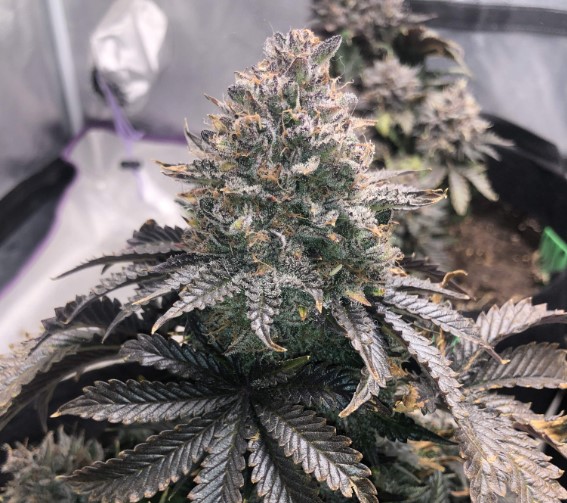
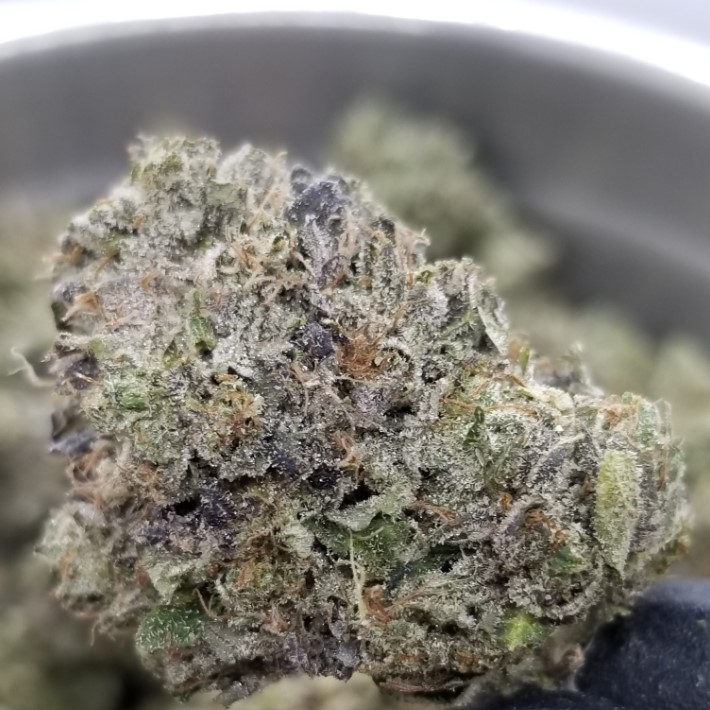
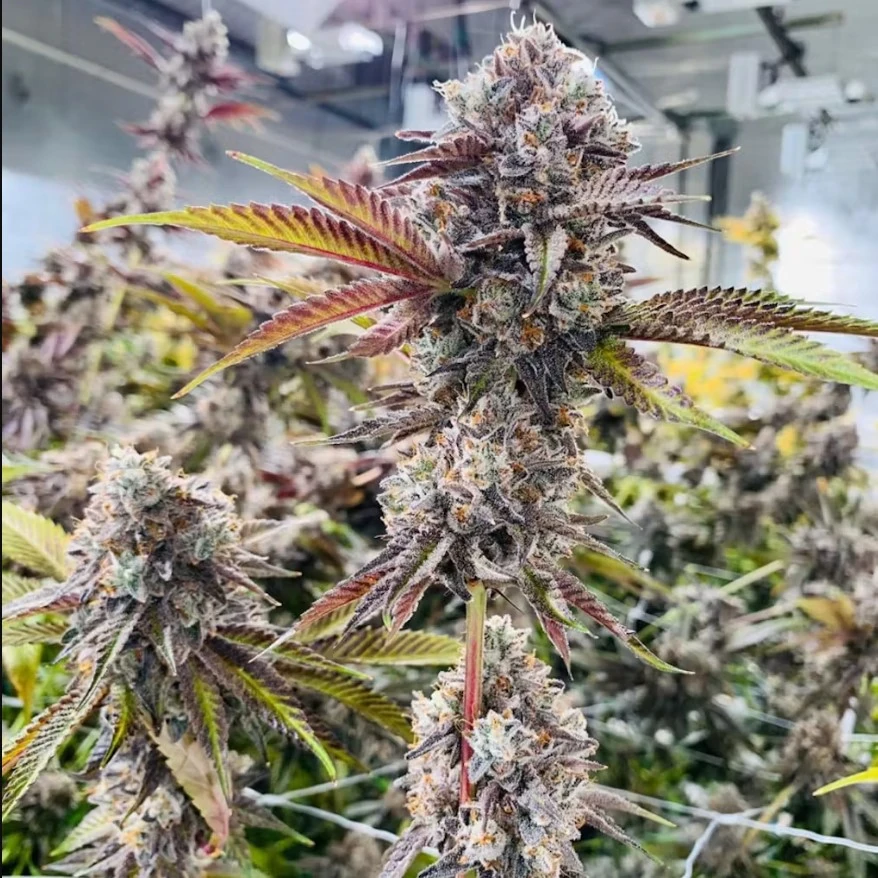
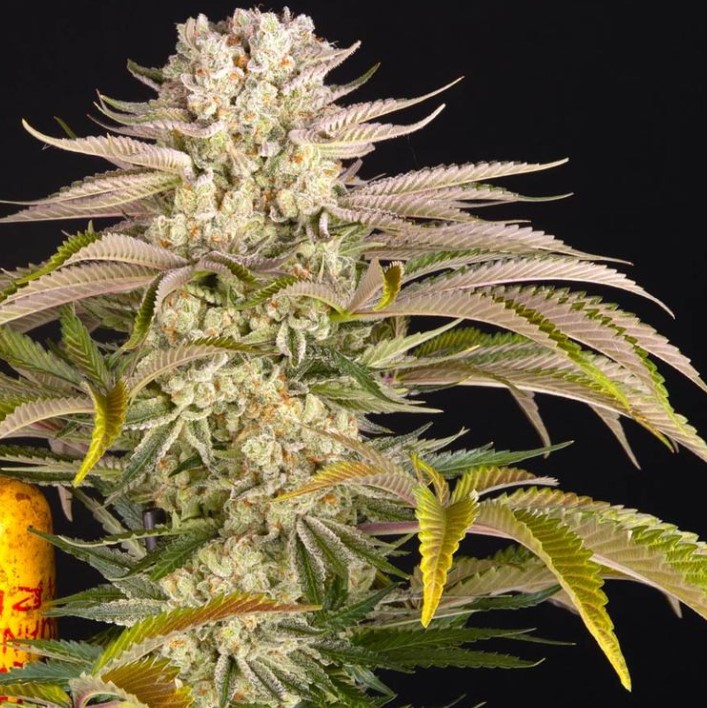
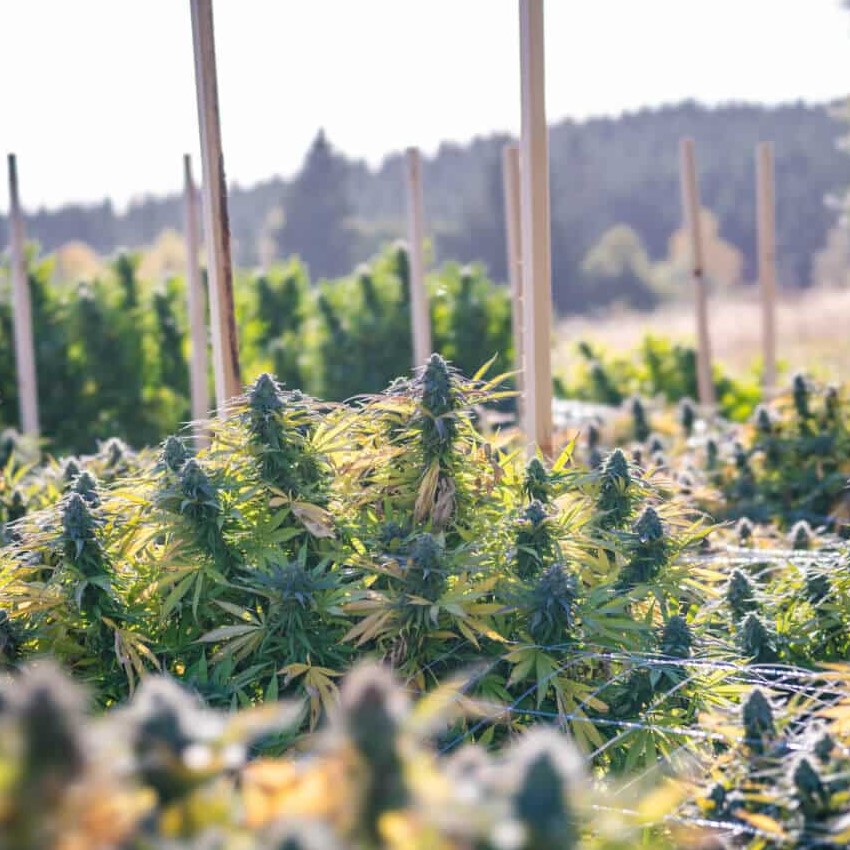
I use this technique all the time now, it really does increase the thc IMO.